
The Official Supplier for Nuenta
Supplying Nilan systems to Nuenta in the UK
When it comes to building a comfortable, healthy, and energy-efficient home, Mechanical Ventilation with Heat Recovery (MVHR) systems are a standout solution. These systems not only improve indoor air quality but also help lower energy bills by recovering heat from stale air and using it to warm incoming fresh air. And in many modern systems, MVHR cooling is also emerging as a valuable feature—making your home more comfortable all year round.
But to fully benefit from this technology, choosing the right MVHR installer is critical. This complete guide will walk you through how MVHR systems work, the benefits they offer—including cooling options—what to look for in an installer, and how to make an informed choice for your home.
MVHR systems continuously extract stale air from rooms like kitchens and bathrooms while supplying fresh, filtered air to living areas. The magic lies in the heat exchanger, which transfers warmth from outgoing air to the incoming air—maintaining indoor comfort without wasting energy.
Many people don’t realise that modern MVHR systems can also contribute to cooling your home, especially in summer. While MVHR isn’t a replacement for full air conditioning, MVHR cooling works by using a bypass mode or by integrating with ground or air source cooling systems to bring in cooler night air or pre-cooled fresh air—helping reduce the internal temperature and maintain comfort efficiently.
Energy Efficiency: MVHR systems can recover up to 90% of heat from outgoing air, reducing heating demands and energy bills.
Improved Air Quality: The system filters incoming air, removing pollutants, allergens, and moisture—ideal for airtight homes.
Humidity Control: MVHR helps manage moisture levels to prevent condensation and mould.
Year-Round Comfort: With MVHR cooling, systems can deliver cooler air during summer months without sacrificing ventilation or efficiency.
Choosing a skilled MVHR installer ensures your system is designed and installed for optimal performance. Here’s what to look for:
Experience: Installers should have a proven track record and knowledge of both standard MVHR and MVHR cooling capabilities.
Certifications: Look for qualifications from bodies like BESA or CIBSE and manufacturer accreditations.
Understanding of Regulations: They must comply with current building codes and energy standards.
Customer Service: A good installer offers clear communication, tailored advice, and aftercare support.
Search Online: Look for local installers with MVHR and MVHR cooling experience.
Request Quotes: Ask for detailed quotes that include design, installation, and optional cooling features.
Read Reviews: Use platforms like Google and Trustpilot to assess installer reputations.
Compare Value: Consider the quality of service, not just the lowest price.
How many MVHR systems have you installed?
Do you have experience integrating MVHR cooling features?
What brands or systems do you recommend for cooling and ventilation?
How long will installation take, and what support do you offer afterward?
Costs vary based on:
Property size and layout
Complexity of ducting and system design
Whether MVHR cooling integration is included
Installer expertise and warranty coverage
While a basic MVHR installation might cost less, investing in a more advanced system with cooling and top-tier support can deliver far better value over time.
To keep your system running efficiently:
Replace filters every 3–6 months
Inspect ductwork for dust and debris
Check the heat exchanger annually
Ask your installer about maintaining any MVHR cooling features or bypass modes
Installing an MVHR system—with or without MVHR cooling—is a smart investment in your home’s comfort, efficiency, and long-term health. By choosing a qualified installer with the right experience and accreditations, you can ensure a tailored solution that meets your exact needs.
Take the time to research, ask the right questions, and compare options. Whether you’re aiming to reduce energy bills, improve air quality, or add a touch of summer cooling, the right MVHR system—and the right installer—can make a significant difference.
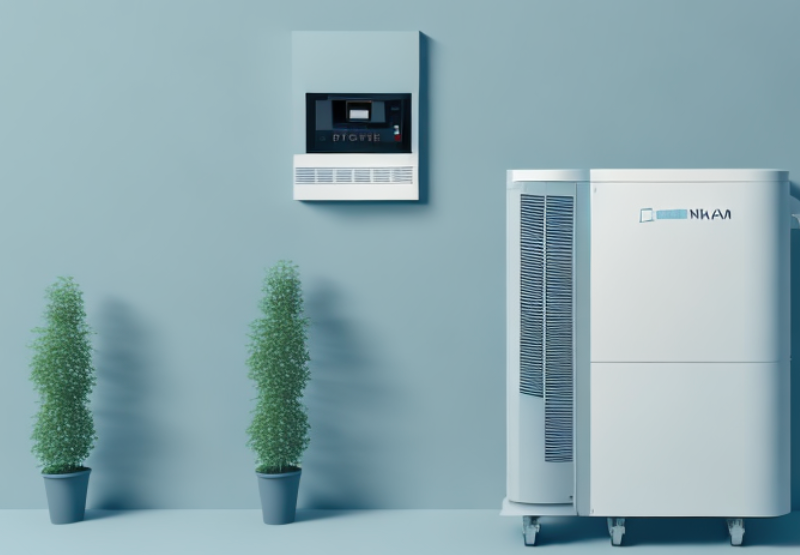 5 reasons why Nilan heat pumps are popular
5 reasons why Nilan heat pumps are popular
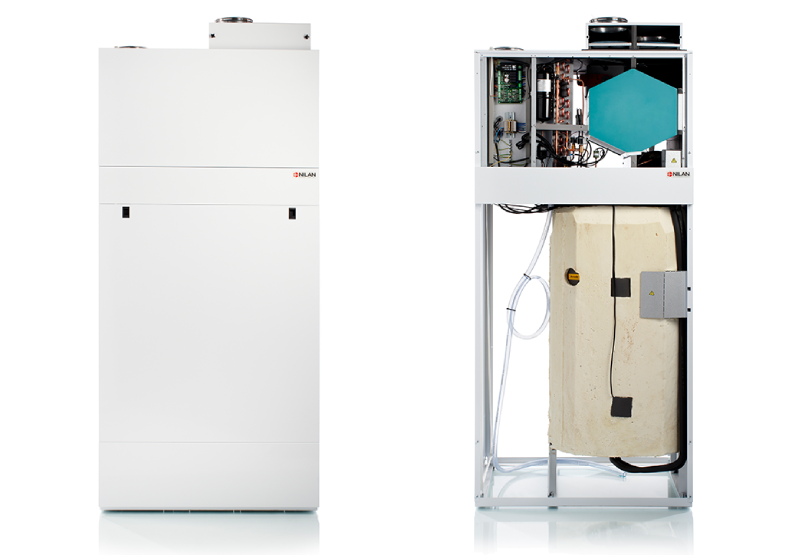 Nilan Compact P Air 9 – A Feature-Packed Ventilation Unit for Homes
Nilan Compact P Air 9 – A Feature-Packed Ventilation Unit for Homes
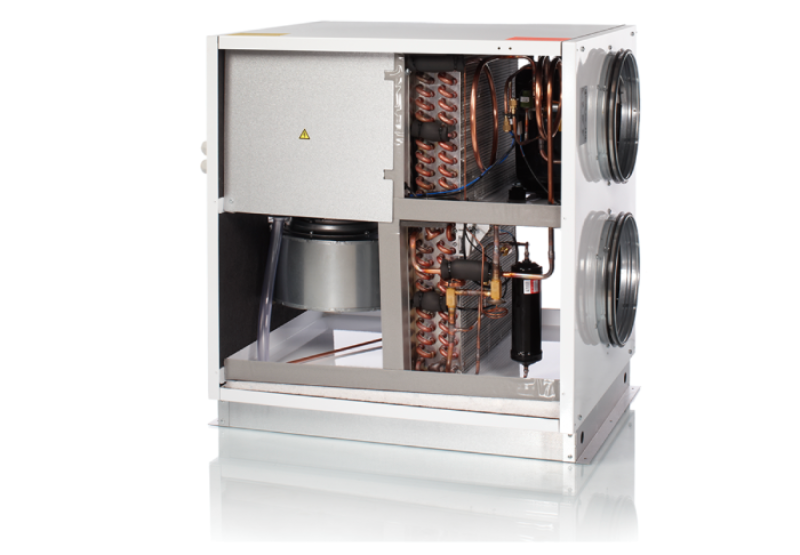 Nilan VPL 28 heat pump
Nilan VPL 28 heat pump
 Unlocking Energy Savings: Your Guide to Government Incentives and Tax Credits for Renewable Heating
Unlocking Energy Savings: Your Guide to Government Incentives and Tax Credits for Renewable Heating
 Breathe Easy with Nilan: Your Expert Guide to South East MVHR Systems
Breathe Easy with Nilan: Your Expert Guide to South East MVHR Systems
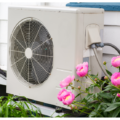 Are Piezoelectric Heat Pumps A Viable Alternative For Heating?
Are Piezoelectric Heat Pumps A Viable Alternative For Heating?
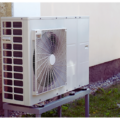 Why Thermionic Heat Pumps Could Be The Next Big Thing In Home Heating?
Why Thermionic Heat Pumps Could Be The Next Big Thing In Home Heating?
 How Do Thermoelectric Heat Pumps Utilize The Seebeck Effect?
How Do Thermoelectric Heat Pumps Utilize The Seebeck Effect?
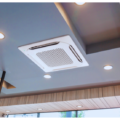 Exploring The Science Behind Mechanical Ventilation With Heat Recovery
Exploring The Science Behind Mechanical Ventilation With Heat Recovery
 What Makes MVHR A Superior Ventilation Solution?
What Makes MVHR A Superior Ventilation Solution?